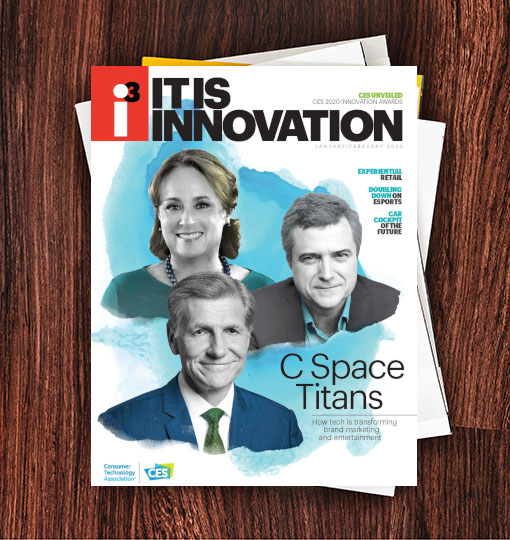Unlike international trade in traditional goods (physical products) which is governed by a wholistic set of free and fair trade rules, the governance of electronic transmissions and digital trade through permanent, binding obligations is relatively weak. For digitally-delivered products and services, there are no permanent agreed principles of non-discrimination, national treatment and “least trade restrictive” (given domestic regulatory objectives) like those that promote predictability for international trade in physical goods. The temporary exception to this Wild West of weak rules for digital trade has been the moratorium. Services now account for half of global trade on a value-added basis and are growing while merchandise trade is decreasing. Much of the services trade is tied to the growth of digital trade and the rise in digitally enabled services. At the same time, trade restrictive measures, particularly in digital trade, are also growing.
A relatively dependable element of WTO rules since 1998, the moratorium has been extended successively in two-year increments since then. Recently, however, developing country opposition to extension has hardened. India, South Africa, and Indonesia are increasing outreach efforts to convince other developing country members of the WTO to allow the moratorium to expire. They argue that, as more products are traded internationally in digital form, the moratorium has led to growing revenue losses to national treasuries. In the current world of advanced technologies such as 3D printing and cloud computing, many leaders in these countries believe the moratorium has diminished the developing country “advantage” of generally higher tariff levels (than developed countries) for physical goods.
In a recent study, the United Nations Committee on Trade and Development warned that if developing countries do not actively regulate imports of data and software, their ability to control manufacturing and services trade will erode. However, the moratorium has become a critical part of the global foundation of the digital economy and is a great example of how the multilateral system can promote policies that foster innovation and growth. Growth in these areas spurs growth in entire economies. Just as the WTO’s Information Technology Agreement (ITA), which eliminated tariffs on technology goods, played a fundamental role in spurring growth and deepening value chains in developing nations’ services sectors, tariff-free trade in services promote the adoption of new technologies.
The possibility of new, arbitrary trade barriers against the free flow of digital trade is becoming more concrete, particularly in some of these large, influential developing economies. For example, Indonesia has formally added five new six-digit 9901 tariff categories to its tariff schedule for “software and other digital products transmitted electronically.” This change will enable the country to legally introduce tariffs of any level on these products (or transmissions) should the existing moratorium expire.
With global cross border data flows reaching $2.8 trillion in 2014, the stakes are high. A new generation of digital trade barriers threatens to be disruptive and costly in the future. To ensure that the services and digital trade continue to expand and fuel economies and employment, we must have multilateral digital rules and a revitalized WTO to enforce them.
With global cross border data flows reaching $2.8 trillion in 2014, the stakes are high.
It appears the U.S. government is actively devising a negotiating plan to achieve extension of the moratorium on customs duties. Congress and much of the business community have been quiet on the topic, perhaps preoccupied with responding to the set of retaliatory tari s imposed by the Trump Administration. But to achieve a rapid agreement on keeping the internet tari free, negotiations to create a high standard e-commerce agreement must intensify and include more engagement from Capitol Hill and industry.
Given the economic impact on the U.S. economy, it is important for Congress, the business community and other stake holders to focus on the significance of establishing permanent international rules of fair and non-discriminatory treatment in the digital trade sector. WTO negotiators have many new business models to consider as they frame discussions towards the next stage goal of a larger, more encompassing digital and e-commerce trade agreement.
The coming six months will be an important time for the tech sector to pay attention to debates and decisions in the WTO.
The expiration of the e-commerce moratorium could significantly increase costs for companies that sell services and products over the internet such as:

i3, the flagship magazine from the Consumer Technology Association (CTA)®, focuses on innovation in technology, policy and business as well as the entrepreneurs, industry leaders and startups that grow the consumer technology industry. Subscriptions to i3 are available free to qualified participants in the consumer electronics industry.